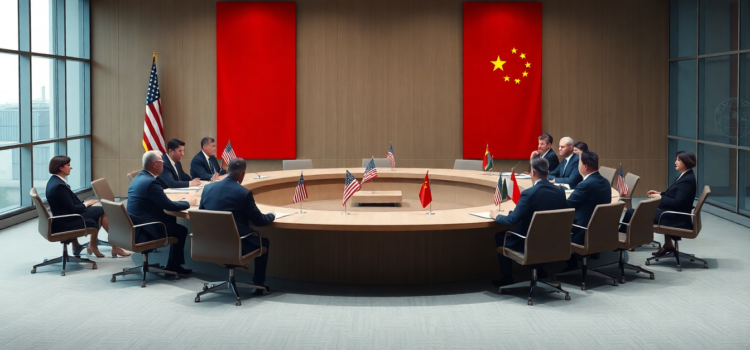
Americans Experience Price Hikes: Receipts Reveal Impact of Trump’s Tariffs on Consumer Goods
The impact of the Trump administration’s trade policies has made its way into the pockets of American consumers, as data reveals the significant effects of tariffs on consumer goods. With tariffs imposed on approximately $350 billion worth of Chinese imports, the average tariffs on these products increased from 3% to an astounding 19.3%. This post delves into the specifics of these tariff-driven price increases, particularly how they have affected consumer goods such as electronics, appliances, and furniture. By understanding the implications of these trade policies, readers can better grasp the broader economic effects and consider future impacts on household expenses.
The Scope of Trump Tariffs: Analysis of Affected Goods
The Trump administration’s tariffs impacted a wide range of consumer goods across the United States. These tariffs primarily targeted key categories such as electronics, appliances, and furniture, which are essential items for American households. Notably, the price of imported washing machines surged by over 12%, significantly affecting consumer spending behavior.
The Rising Costs: Price Increases and Consumer Inflation
The imposition of tariffs has led to a notable increase in consumer goods inflation, with tariffs contributing to a 0.5% overall rise in U.S. consumer prices by 2020. Analysts have observed that these price hikes are not isolated events but part of a broader economic trend affecting everyday items. Consequently, American families experienced an estimated annual cost increase of $831 due to the trade tariffs.
Economic Implications of Trump’s Tariffs
Beyond just price hikes, the economic effects of Trump’s tariffs have had broader repercussions. These measures have imposed additional financial burdens on American families amidst already fluctuating economic conditions. The trade war effects are visible in the changing U.S. import tariffs landscape, influencing everything from retail prices to grocery costs.
Understanding Tariff Effects on Consumer Goods
For a clearer understanding of how these tariffs have influenced the market, it is essential to consider real-life examples and data analysis. The price increase analysis highlights that tariff-inflated consumer prices have shifted household expenses, showing a direct tariff impact on everyday items that are critical to American shoppers.
- Tariff-driven price increases are most notable in electronics and home appliances.
- The impact of Trump tariffs on prices is evidenced by consumer spending adjustments.
- Tariff influence extends to general lifestyle changes as families navigate rising costs.
Conclusion
In summary, the economic repercussions of Trump’s tariffs on consumer goods are evident in the escalating prices and altered family budgets across the nation. As tariff impact studies continue to reveal their long-term effects, American consumers must adapt to these financial shifts. Engaging in discussions regarding the trade policy effects on prices and exploring solutions is crucial for navigating future economic landscapes.
We encourage readers to share their thoughts and experiences related to these price hikes from trade policies and engage in the comments section below.
Frequently Asked Questions (FAQ)
What goods were most affected by Trump’s tariffs?
Consumer goods such as electronics, appliances, and furniture were significantly impacted, with noticeable price increases.
How much did the tariffs raise consumer prices?
By 2020, tariffs led to a 0.5% increase in overall U.S. consumer prices, contributing to a broader trend of inflation.
What was the annual cost increase for households due to these tariffs?
Households faced an estimated annual cost increase of $831, attributed directly to the import tariffs.
How do tariffs affect the overall economy?
Tariffs can lead to increased prices, impacting consumer spending, and contributing to inflation, ultimately affecting economic stability.



















Comments